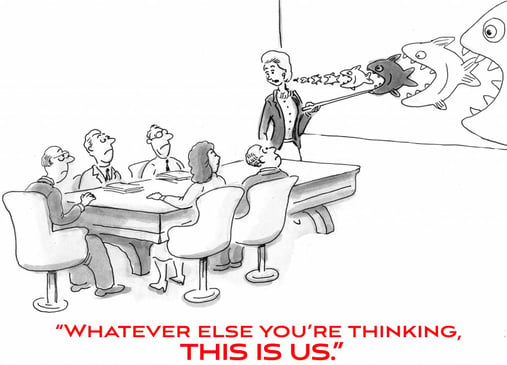
“If you’re not stubborn, you’ll give up on experiments too soon. And if you’re not flexible, you’ll pound your head against the wall and you won’t see a different solution to a problem you’re trying to solve.” ― Jeff Bezos
“The measure of intelligence is the ability to change.” ― Albert Einstein
“Every success story is a tale of constant adaption, revision and change.” – Richard Branson
“Stay committed to your decisions, but stay flexible in your approach. It’s the end you’re after.” – Anthony Robbins
“The reasonable man adapts himself to the world; the unreasonable one persists in trying to adapt the world to himself. Therefore all progress depends on the unreasonable man.” – George Bernard Shaw
REBRANDING - THE PROBLEM
If done for the wrong reason, rebranding is an expensive nightmare becoming a cosmetic exercise that puts a bandaid on your finger when you’re suffering from an ulcer. The bandaids might keep you busily addressing the problem and might even feel “responsible” but you’ll still be stumbling along and struggling because you’re addressing the wrong area.
As the quotes at the start of this article indicate, failure to adapt is a failure to survive. In life, in living, in business.
Just ask any shark on Shark Tank, any angel investor or any billionaire worth their bank account.
Just ask any successfully married couple, or any thriving business partnership, or a lucrative client/agency collaboration:
Name the correct target (versus the wrong target like the example above, or worse, one another), align your forces and handle the hell out of that target as a unified team. Only then is rebranding a dream.
IT'S NOT AN IF, IT'S A WHEN
Rebrands are something nearly every company will encounter sooner or later in its history. For some, it’s a matter of survival. For others, it’s a matter of adapting to changes, shifts and cultural leanings.
A few years ago, in order to help companies face the real of issues of a rebrand, I wrote How to Rebrand: 19 Questions to Ask Before You Start. It’s become a highly referenced, authoritative checklist many companies use when facing a rebrand.
To further help companies and their ability to navigate the tricky path of a rebrand, I’ve broken down the 5 key types of rebrands that are quite common, to provide the rationale behind each so you have a guideline for smarter branding and successful rebranding.
1. The New Public Rebrand
This is the rebrand that occurs when your demographics have shifted or aged (or died) leaving you with a newer audience and a different set of values, a different set of needs and expectations or you’ve expanded into new territory (such as a country) that requires a new dialog altogether.True Taste needed to simply and clearly communicate to a younger, savvier audience(for simpler palates and healthier meals-on-the-run). American Dance had been at it for 25 years training 12,000 students and needed to reintroduce itself to a new, younger audience. AndBead and Equilibrio were entering new territory coming to the US (originating from Italy), thus requiring a clear voice in this new space with new names, and stunning new brand identities to stand out in this industry.
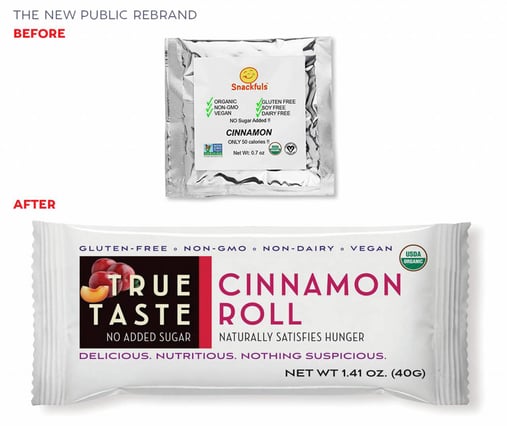
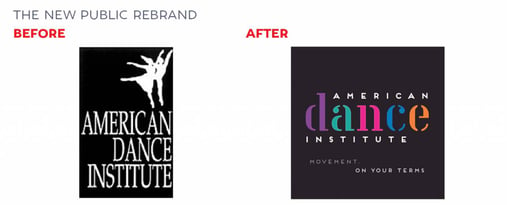
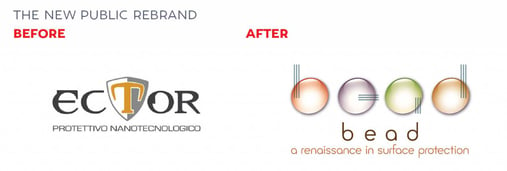

2. The Technological Advanced Rebrand
The technology in your industry has advanced, with new players (and raised expectations) establishing a different benchmark for performance. The gauge by which your brand is judged has shifted. A lot.For Simply Snackin’, it was reintroducing itself in the competitive premium jerky space while Alchemy Global was entering the fierce space of management and wealth counseling in the competitive sports and entertainment space, and needed a new name along with a brand overhaul.
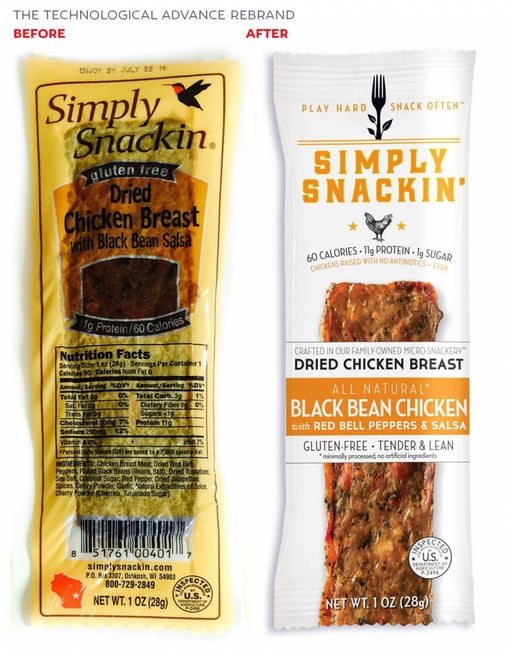
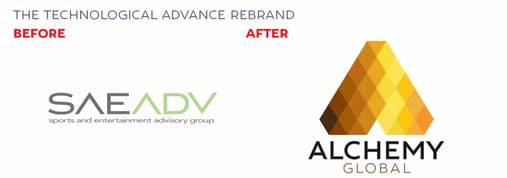
3. The Evolutionary Brand
A company can outgrow its origins from 40, 60 or 100 years ago, when X product or service previously represented 90% of the company’s offerings. Yet today, that has eroded to 20% of the company’s current sales leaving the other 80% of the company unrepresented and thus never reaching capacity. That’s the problem one is addressing with this rebrand.Kane had been in the manufacturing space for 100+ years and its message had become confused whereas Joanna Vargas was on the fast track to becoming NYC’s premier skin care professional, needing a look that reflected that caliber for her high-end clients.

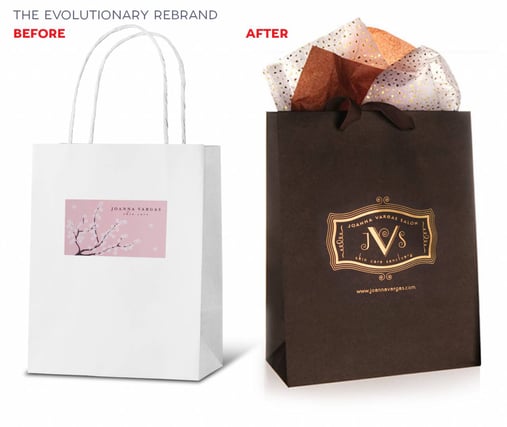
4. The “Sales-Will-Solve-It-All,” Undefined Rebrand
This is where the organization is sales-driven and the company has failed to ever define what it offers people, only looking at sales and “moving product.” The result is a mish-mash of “pitches” that have attempted to define the brand, essentially providing an upside-down evolution of a brand.Milestone, being a sales-driven organization, lacked a foundational vision as a brand and failed to define its role in the scheme of their clients’ businesses. Enzacta had released products over time which lacked a uniting thread throughout all the products. The end result was a brand that looked fractured and not unified.
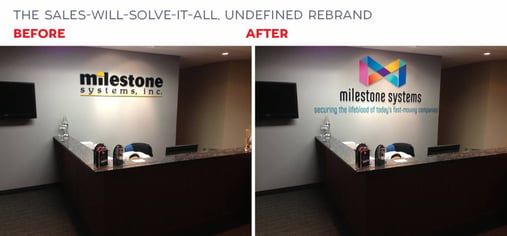
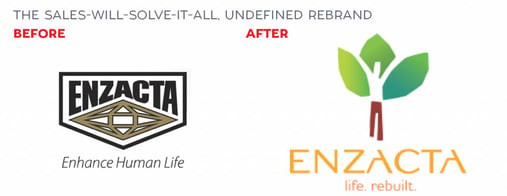
5. The Know-Your-Public Rebrand
When companies start, they often put something together so as to get things started and sales and delivery rolling, but they tend to forget to circle back and crystallize what their brand really delivers, or why their customers truly buy.Landmark is a superior company that had a hard-to-remember name and an unclear deliverable, thus requiring a new name and a clearly defined brand story, whereas Montecito Landscape is a company that services one of the most expensive ZIP codes in the US, but failed to keep its brand up-to-date with its changing demography and homeowners.
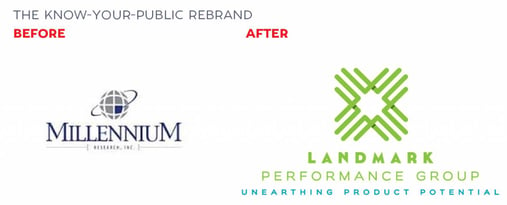
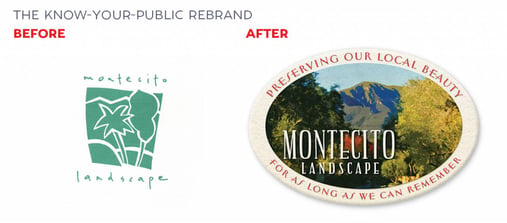
WHICH TYPE OF REBRAND ARE YOU?
Have the demographics shifted or aged (or died) in your space? Failure to recognize this will leave your brand dead and gone with your customer base. Recognize you’re a 1. New Public Rebrand.
Is the technology in your industry advancing, chasing expectations? If so, then you’re a2. Technological Advance Rebrand.
Have you grown the company and evolved it without remembering to evolve your brand along the way? Then you’re an 3. Evolutionary Rebrand.
Are you simply driving sales (while failing to take a clear stand to make your mark on all the channels available today)? If so, your company lives and dies by the power of your sales people, which means you have no brand foundation and too heavily reliant on your sales personnel. If so, you’re a 4. “Sales-Will-Solve-It-All,” Undefined Rebrand.
Are you so busy, you never stopped to identity who your public really is? Then you are a 5. Know-Your-Public Rebrand that needs to define why people are buying so your brand correctly parallels that.
Now that you know, it’s time to act.
-

About David Brier
Mastering The 5 Types Of Rebrands — Which One Are You?
Mastering The 5 Types Of Rebrands — Which One Are You?
More Answers